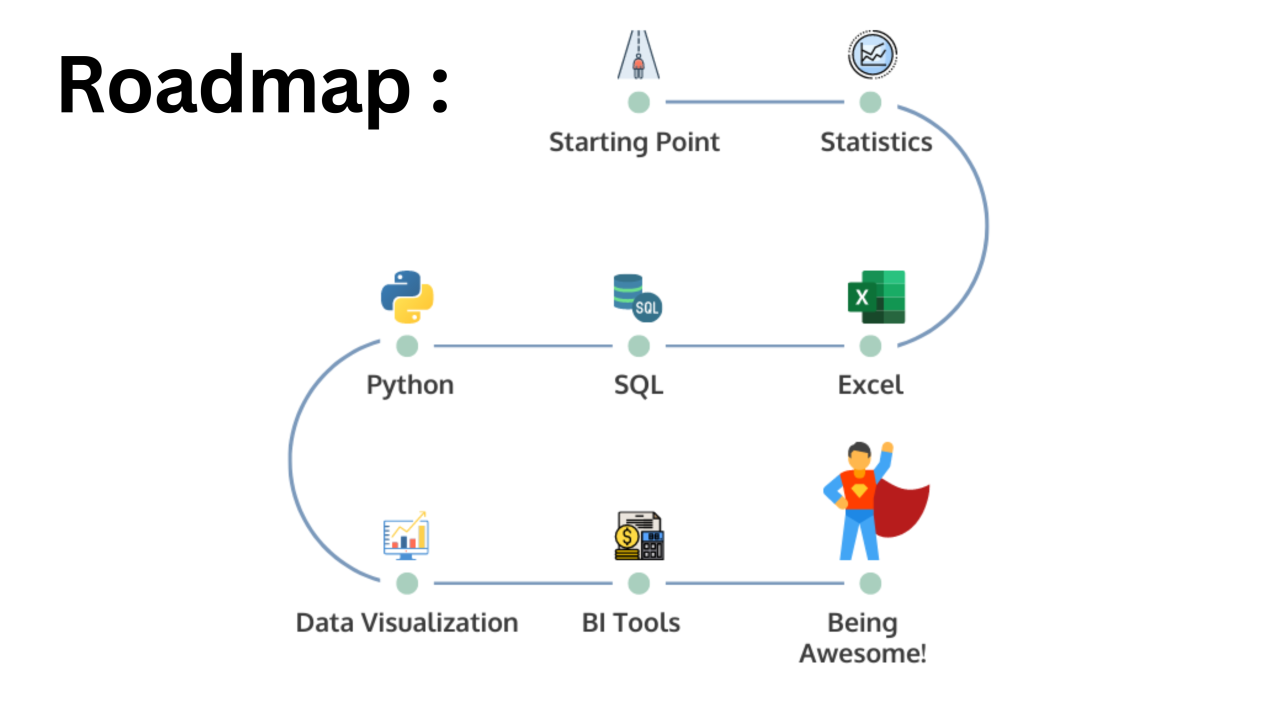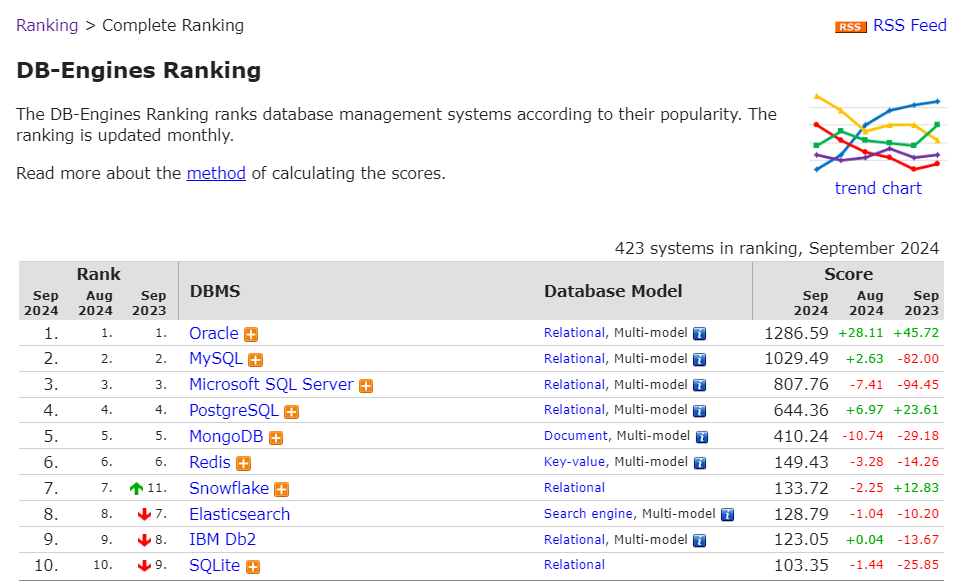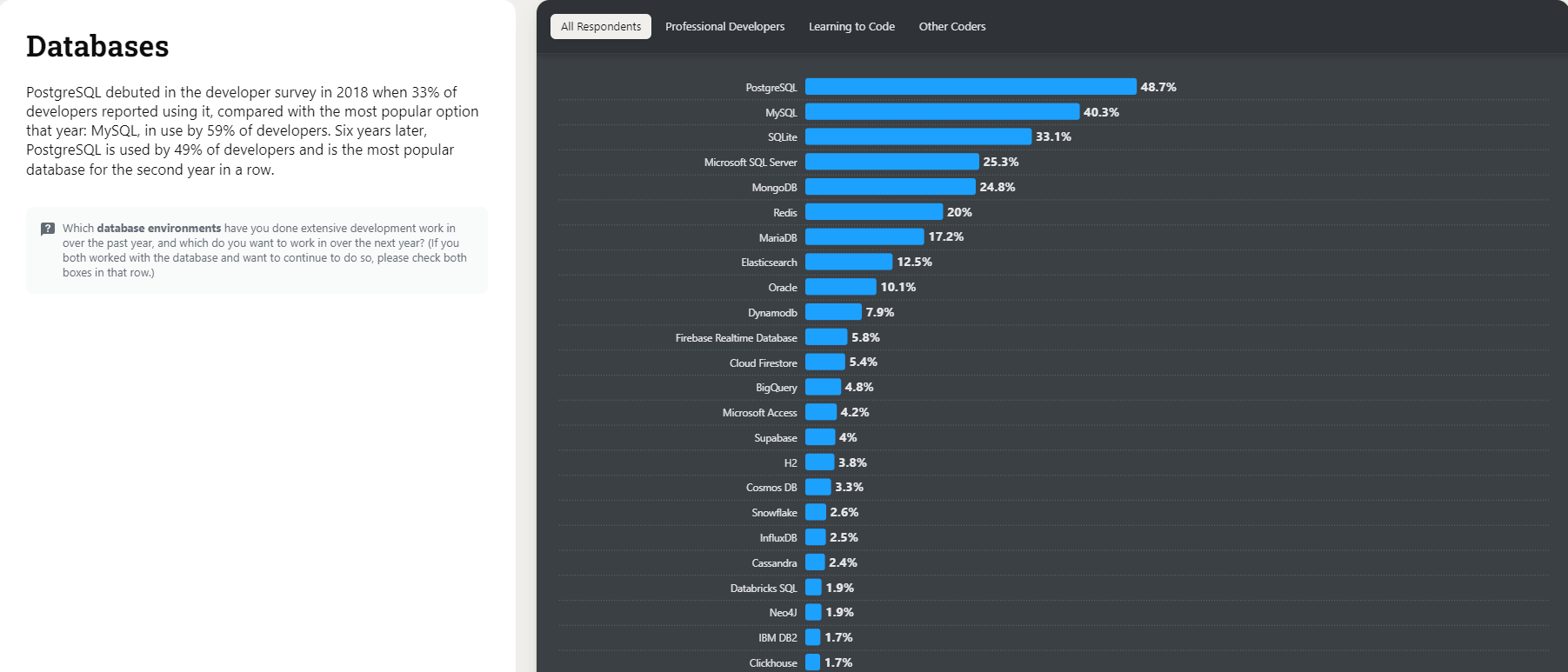In today’s data-centric world, the role of a data analyst has become increasingly significant. Companies are capturing vast amounts of data and analyzing it to make informed, strategic decisions across various business processes. So, how can you step into this exciting realm? Let’s unravel the roadmap to becoming a proficient data analyst!
Understanding the Role of a Data Analyst
A data analyst is essentially a data detective—gathering, cleaning, and interpreting data to solve problems or answer questions. The journey consists of six key steps:
- Business Question: Begin by defining the problem you want to solve.
- Get Data: Collect the necessary data for analysis.
- Explore Data: Visual exploration of the dataset to understand its contents.
- Prepare Data: Clean the data, create calculated fields, and validate its accuracy.
- Analyze Data: Employ data analysis techniques to interpret findings.
- Present Findings: Share your insights effectively with stakeholders.
The Data Analyst Roadmap

1. Mastering Statistics
Statistics lay the groundwork for a data analyst’s success, enabling a scientific approach to interpreting data. Think of it as learning to navigate a vast ocean of data; without the right tools, you could easily get lost!
YouTube Resources
- Statistics for Data Science: Probability and Statistics
- A Full University Course on Data Science Basics
- Best Statistics Course from MarinStatsLectures
- Crash Course: Statistics
2. Excel Proficiency
Excel is the swiss-army knife of data analysis. It’s user-friendly, widely utilized, and essential for organizing and visualizing data.
YouTube Resources
3. Learning SQL
SQL is the language that speaks directly to databases. It’s your bridge to querying, filtering, and managing data efficiently. Imagine SQL as your passport to a data-rich world, giving you access to valuable information.


4. Business Intelligence Tools
BI tools like Power BI and Tableau are crucial for visual data analysis. They help you derive insights at lightning speed, presenting data in appealing formats for decision-makers.

5. Programming with Python
Python is a versatile asset in your toolbox, perfect for data manipulation, visualization, and machine learning. It’s like a magic wand, allowing you to interact with data seamlessly.
6. Soft Skills Matter
Alongside technical skills, a data analyst needs solid soft skills like:
- Analytical Thinking: To understand and analyze data effectively.
- Communication: Explaining complex terms in simple language.
- Problem Solving: Identifying and strategizing solutions.
- Teamwork: Collaborating with various teams to achieve goals.
- Business Understanding: Knowing the business context enhances analysis outcomes.
- Storytelling: Presenting data in compelling ways encourages decision-making.
7. Preparing Your Resume & Interviewing
Your resume should reflect your journey and achievements without striving for perfection. Tools like Novo Resume, Resume.io, and Canva Resume can aid in crafting a professional look.
For interviews, hone your comprehension of your resume and practice common questions available on sites such as LinkedIn, Indeed, and Glassdoor.
Troubleshooting Tips
As you embark on your data analyst journey, you may encounter challenges ranging from technical issues to roadblocks in understanding concepts. Here are some troubleshooting ideas:
- Seek Community Help: Forums and groups are invaluable for solutions.
- Practice Problems: Engage with platforms that offer exercises and challenges.
- Study Resources: Use YouTube or online courses to find clarification on topics.
- Peer Support: Collaborating with others can help in grasping difficult concepts.
For more insights, updates, or to collaborate on AI development projects, stay connected with fxis.ai.
At fxis.ai, we believe that such advancements are crucial for the future of AI, as they enable more comprehensive and effective solutions. Our team is continually exploring new methodologies to push the envelope in artificial intelligence, ensuring that our clients benefit from the latest technological innovations.
Congratulations!
By following this roadmap, you are now on the path to becoming a successful data analyst. Review your progress, and get ready to apply for positions in your dream company. Your journey has just begun—good luck!

